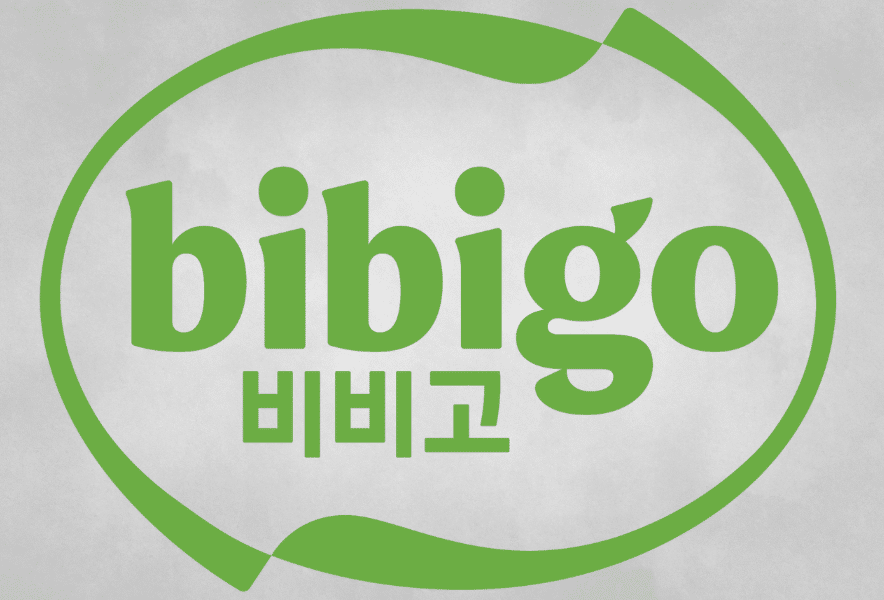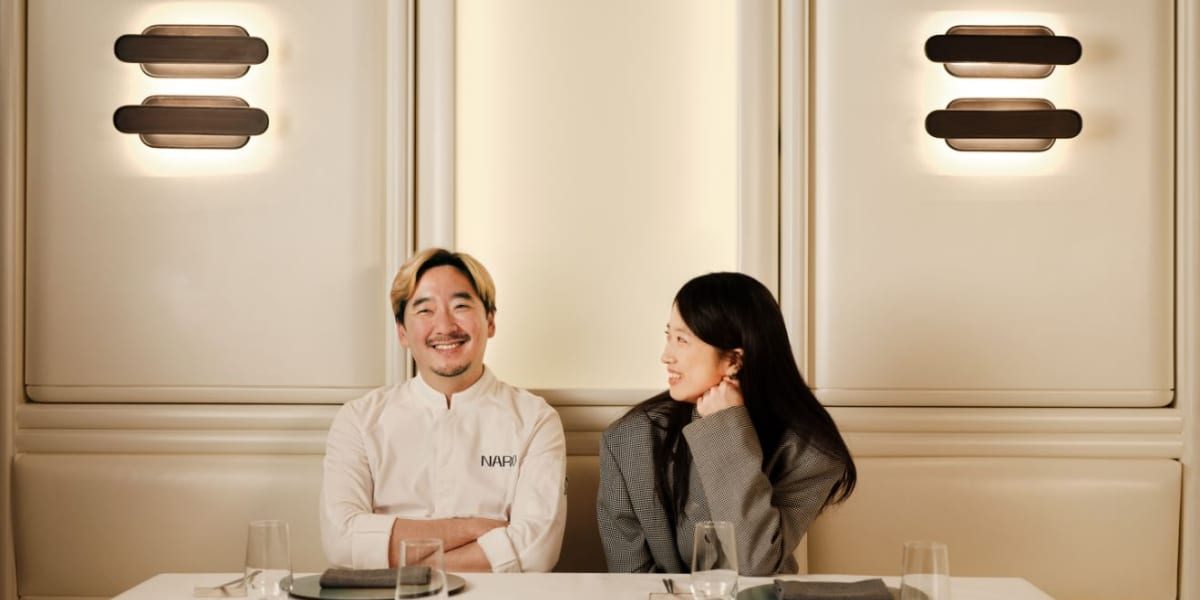By: Junghyun and Ellia Park
When we came to New York from Seoul in 2012, we had a dream of changing the world for the better by sharing our vision of Korean cuisine and hospitality culture. This was a bold dream at the time when much of New York City and the world was not familiar with Korean cuisine, new or traditional: most Korean restaurants were located in Koreatown, catered to a mostly Korean clientele, and served a few popular menu items, such as Korean barbeque and bibimbap.
Now, just over a decade later, we operate a portfolio of Korean-inspired restaurants: Atoboy, Atomix, NARO, and Seoul Salon. We are honored and humbled that Atomix, our fine dining restaurant, has achieved two Michelin stars. More importantly, we love that New Yorkers, chefs and diners worldwide have embraced our visions of what Korean cuisine can be today and its potential for the future through our restaurants.

Beyond the opening of many modern Korean restaurants in New York and abroad, Korean cuisine is spreading from grocery stores to home pantries and dinner tables across the U.S.
According to a report by the Korea Agro-Fisheries & Food Trade Corporation, the U.S. is the largest export market for Korean food products, with a value of $1.2 billion. The report also found that the number of Korean restaurants in the U.S. increased by 34 percent from 2014 to 2018, reaching 6,044. In 2019, the last year before the pandemic, that number had risen to 7,573. Whether it’s at Costco or even on TV, one can’t miss the logo of Bibigo, the Korean dumpling, which sponsors the Los Angeles Lakers.
While Korean cuisine in the U.S. dates back to the first wave of Korean immigration in the 19th century, its recent ascent is bolstered by the “K-wave:” the collective popularity of Korean culture in the U.S., including film, TV, music and beauty products.
As more people are exposed to and enjoy Korean culture, Korean cuisine is a natural progression of their exploration. Korean cuisine is often featured in Korean movies and TV shows. For instance, the Oscar-winning movie “Parasite” sparked a surge in demand for ram-don, a dish made with instant noodles, beef, and vegetables. The hit TV show “Squid Game” inspired many viewers to make or buy dalgona, a caramelized sugar candy. And K-pop stars often share their favorite Korean snacks and dishes with their fans on social media, where they have massive followings. This is particularly relevant this month, as May is Asian American, Native Hawaiian and Pacific Islander Heritage Month.
At our New York restaurants, it is with active intent that we introduce diners to the rich diversity of Korean cuisine and its endless potential to evolve through our teams’ culinary creativity.
We were born and raised in Korea, but before our move to New York, we worked in London, Australia and New Zealand. Throughout our careers, and increasingly so, we travel often for collaborations, conferences and culinary research. Our ever-evolving experiences from all these global influences shape our palette, ideas and visions of what cuisine and culture are and can be: the cuisine and hospitality we share at our restaurants result from this. This is what we mean when we sometimes define our restaurants as “New Korean” cuisine: it is rooted in Korean cuisine and its rich culinary traditions, yet it is formed by our own experiences, combining old and new.
Our first restaurant, Atoboy, was a deliberate concept that introduced New York City to this vision. Atoboy was created from the deep consideration of delivering the banchan, or “side dish,” cuisine, the center of Hansik (traditional Korean food) that encompasses the critical culture of sharing.
This became the foundation for our second restaurant, Atomix, which opened in 2018 as a fine-dining, tasting-menu concept. We used Korean terminology and Korean ceramics while presenting a new and holistic vision of Hansik to a global audience.
NARO was created to open a new perspective on our Korean heritage and deliver Hansik to the world. It focuses on the undersung part of Hansik—the subtle and delicate, the focus on vegetables, the focus on traditional dishes or royal cuisine.
In addition to sharing Korean cuisine and culture with diners, we are also dedicated to investing in the next generation of chefs and their vision of Hansik.
To this end, we are proud to partner with Bibigo and its parent company, CJ Group, to host the first U.S. pop-up event at NARO on May 22. The event will feature Seoul-based Chef Park Ju-eun. We will collaborate with several young, talented chefs on a special menu highlighting Korean cuisine’s diversity and creativity.
In the beginning, we never imagined the role that our passions and our restaurants would contribute to the popularity and growth of Korean cuisine here over the decade to follow. In Korean, “ato” means gift, and we hope our hospitality is a gift that helps change the world, even just a little bit, for the better.
Junghyun and Ellia Park are the husband-and-wife owners of NA:EUN Hospitality, which includes New York restaurants Atoboy, NARO, Atomix, and Seoul Salon.
Published By: Aize Perez


















